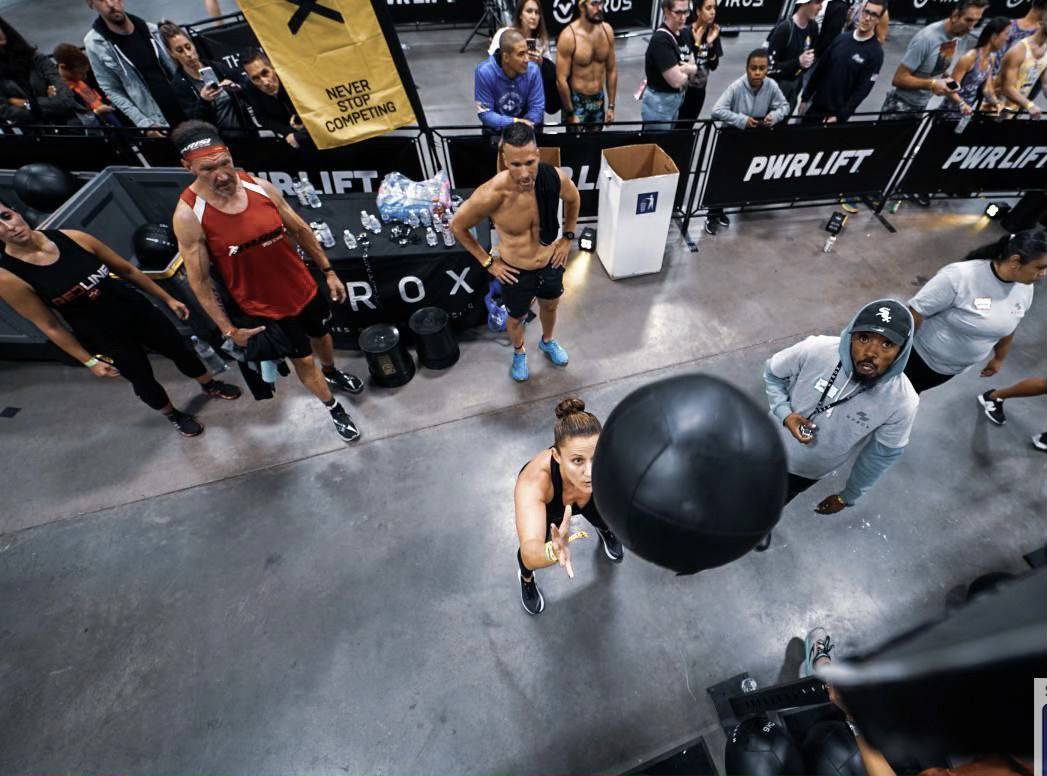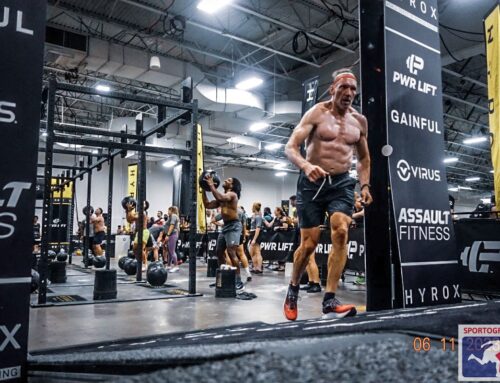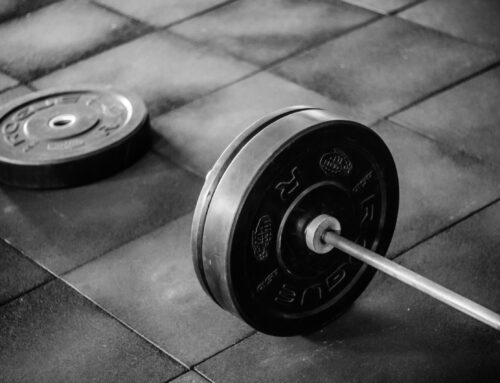I’ve written recently about the various benefits of physical longevity – both as a means of keeping your body healthy and fortified and keeping your life balanced and meaningful – but how do you measure your progress along the way? In my experience as an athlete who has “aged up” in a variety of high-level strength and endurance competitions, I’ve found that you can measure your ability to age in three crucial performance indicators:
Grip strength
Grip strength is one of those physical abilities that is just as important in everyday life as it is in athletic competition. For aging adults, grip strength is even more significant, as it is often a predictor of both physical strength and mental functionality. Extremity weakness is a flagship symptom of physical and mental decline – not to mention a wide range of potential illnesses and conditions – so tracking and maintaining the muscles associated with grip is an extremely vital consideration for those entering their latter years of training.
VO2 Max
Often considered the best indicator of cardiovascular fitness, VO2 max stands for “volume, oxygen, max.” There are a variety of ways to measure VO2 max, from lab-based methods to submaximal exercise tests like the 2.4 km run test or the Rockport 1-mile walk test. Having a good idea of your cardiovascular capabilities is especially important in high-volume aerobic activities requiring high VO2 output, like distance running and cycling. Expanding your VO2 max will improve your fitness in such fields, allowing you to better implement them in your weekly training.
Sprinting ability
Though sprinting is a skill typically associated with younger athletes participating in sports like track and field, football, and soccer, it is a timelessly relevant ability that can accurately reflect the quality of your physical aging process. Some even consider sprinting to be a so-called anti-aging method, as short-burst, high-intensity running can simultaneously build muscle, boost cardiovascular health, and maintain crucial fast-twitch fibers responsible for better power generation. Therefore, tracking your sprinting performance is inextricably tied to having a clearer gauge of your overall bodily health.
Aging toward physical longevity requires more considerations and skills than discussed here, but the above groups represent a healthy spectrum of abilities that, together, serve as a barometer for staying able-bodied, biomechanically balanced, and ultimately capable of aging in a healthier manner.





